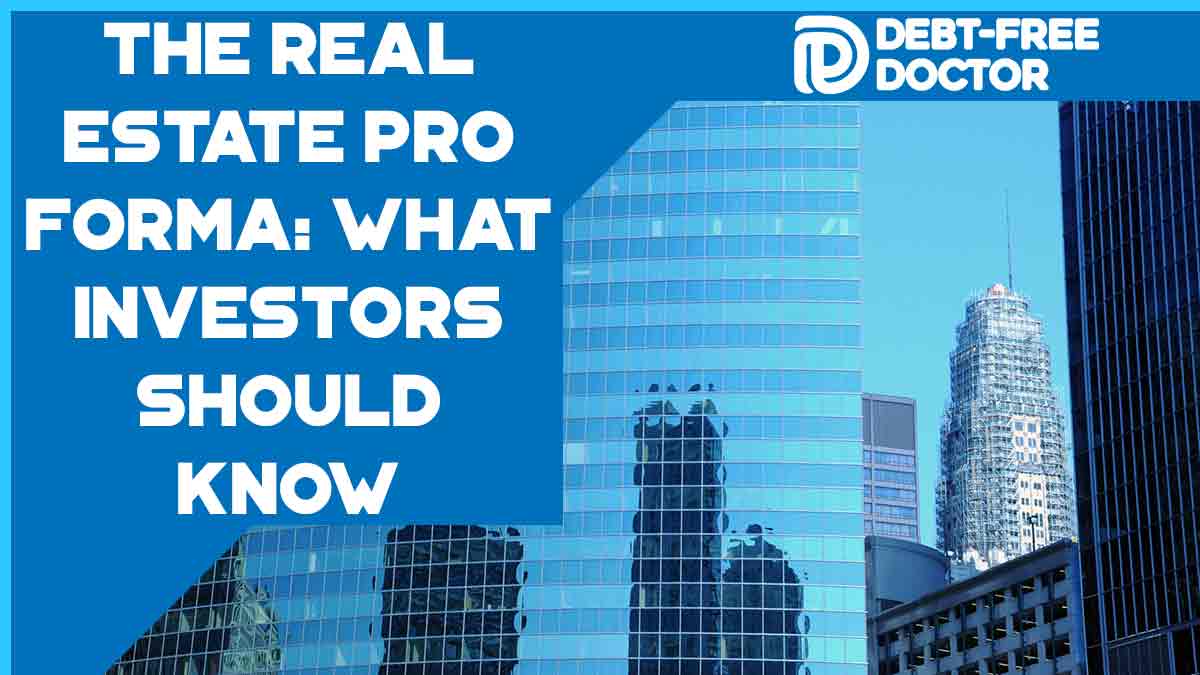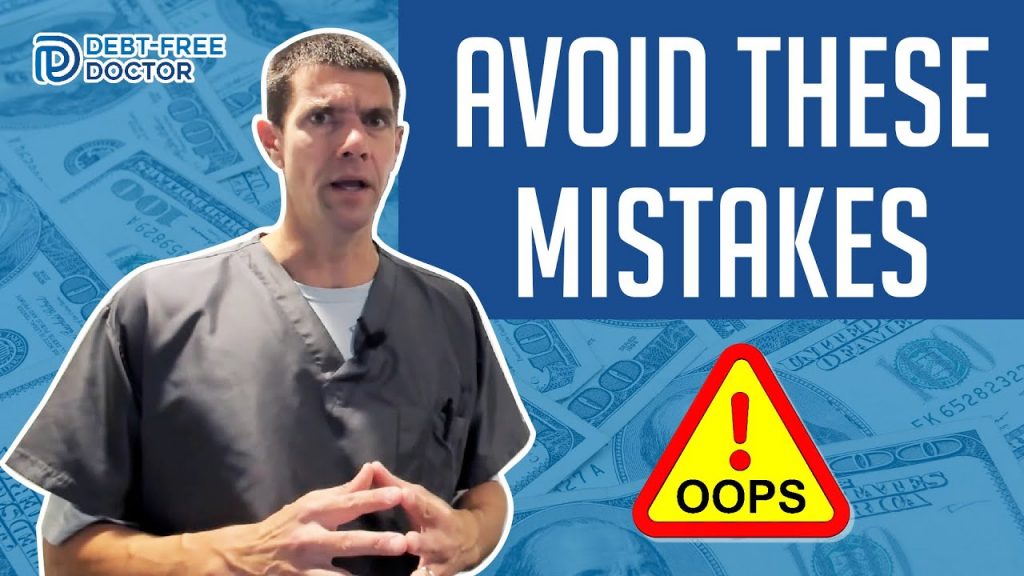So you want to invest in real estate as a passive investor but not quite sure where to start?
As someone that’s been investing in rental properties (syndications) since 2016, there’s a lot of information to know but only a small amount to REALLY pay attention to.
Actually, there’s 3 common mistakes they should avoid when first getting started that I discuss here:
New Passive Investors Circle members frequently want to know the best way they can find real estate deals.
The main question I recommend they answer has nothing to do about specific deals or returns.
Instead, they should be asking:
HOW do I find a real estate sponsor I can trust?
I addressed how to perform due diligence in the article: 7 Ways To Evaluate a Real Estate Sponsor.
Another important part of real estate investing is understanding how to determine a property’s potential effective gross income.
Commercial real estate, such as apartment buildings, are based on the amount of income it produces instead of what others are selling for in the same market.
For this reason, one of the most important parts of investing involves understanding how to determine a property’s potential rental income.
One of the ways to do this is by using a pro forma which is a report that gathers current or estimated income and expense data to project the net operating income and monthly cash flow of a property.
The more syndication deals you come across, the more pro formas you’ll have access to. And knowing how to understand them will allow you to compare investment properties and avoid making a poor financial decision.
Don’t Miss Any Updates. Each week I’ll send you advice on how to reach financial independence with passive income from real estate.
Sign up for my newsletterWhy is a Real Estate Pro Forma Important?
It’s crucial for investors to have a basic understanding about how to analyze a real estate proforma.
This is because the NOI (net operating income) and cash flow projections from a real estate pro forma are also used in other calculations such as:
- cap rate
- ROI (return on investment)
- cash-on-cash return
Once you have a general understanding of pro formas, you’ll be able to identify those with inaccurate NOI and cash flow projections to help prevent making poor investment decisions.
What is a Pro Forma in Real Estate?
Pro forma is a Latin term that means “for the sake of form” or “as a matter of form”.
It’s essentially a forecast of a property’s cash flow using its future potential income and expenses to show how a property could perform if certain adjustments were made such as:
- improving the property
- expanding the property
- decreasing vacancy loss
- increasing the rents
When is a Pro Forma Used in Real Estate?
A real estate pro-forma is typically used when an investment property (i.e. apartment complex) is being sold.
This projection is occasionally used to determine certain financial metrics, such as the cap rate, before it goes to market.
It can also help prospective buyers figure what the ROI would be if they decided to purchase it.
Selling with a broker
If a commercial broker is selling a property, they’ll typically perform an analysis and compare its performance to market standards. This will help to determine areas where the income and/or expenses could be increased or lowered to create a pro forma.
After this property’s cash flow projection is completed, it’s listed based on the analysis obtained and the going cap rate for that particular commercial real estate type in that market.
Selling without a broker
If a property is being sold without a broker, this is where it’s important to either be able to create a pro forma or have one created for them to analyze.
It’s the real estate investors responsibility to verify that the property can perform according to the pro forma that’s provided.
Occasionally the rental rates or expenses the broker provides will be inflated or deflated to boost the property’s projections.
What Information Does a Pro Forma Contain?
Remember that a pro forma is nothing more than an estimate and just like any estimate, the longer it goes out in the future, the less accurate it becomes.
It reminds me of my life. What I thought it would look like once I completed a dental residency with two young boys has NOT gone the way I had planned. I guess that’s life!
For example, when my kids were 6 and 4, I had a fairly good idea what our life would look like 2-3 years later.
But I had NO IDEA when they became teenagers, aliens come down in UFOs, kidnap and replace them with moody robots that sleep, eat and are cranky all the time :).
Anyway, I digress.
For example, the first few years (1,2 and 3) of a 10-year pro forma may be reasonably accurate as they’re based on recent operating history.
On the other hand, as you go further out in the projection (years 9 and 10), it’s less likely to be accurate as it’s based on a series of assumptions.
Some of these assumptions may or may not turn out to be true.
Generally, the information in a pro forma can be broken down into three categories:
- income
- operating expenses
- debt service
#1 Income
Normally there’s 3 sources of information that can be used to estimate a property’s income.
a. Historical performance – can use the historical operating statements to see how the property has performed in the previous 12 to 24 months
b. Rent roll – list of tenants and the current rent they’re responsible for paying.
c. Current rental market status – how property is being sold within the local market conditions
#2 Operating expenses
These represents what it costs to run a property on a daily basis such as:
- property taxes
- utilities
- insurance
- maintenance
- advertising
- property management fees
There’s also 3 sources that can be used to obtain cost estimates for the planned holding period:
a. Historical performance
b. Bills within each cost category (property expenses)
c. Comparison of similar costs for similar properties
#3 Debt service
Typically the debt service on a property is based on its:
loan amount - interest rate
- amortization period
As you can imagine, it’s much easier to project the debt service over a multiyear time horizon if there’s a fixed interest rate loan vs one that has a variable interest rate.
What Metrics Can Be Calculated From a Pro Forma?
There are 3 key metrics that can be calculated from a pro forma to measure the potential return for an investment property.
#1 Net operating income (NOI)
The NOI represents the amount of cash that a property produces from normal daily operations.
This is one of the MOST important metrics needed as it’s calculated by deducting the operating expenses from the gross income:
Gross income – operating expenses = NOI
A “cap rate” is applied to the projected NOI in the final year of the holding period to estimate the sales price.
#2 Internal rate of return (IRR)
The IRR represents the annual return produced by the pro forma cash flows.
It includes both the original purchase price and the sale price.
The formula used to calculate IRR can be complex and for this reason, a spreadsheet function is generally used.
#3 Cash-on-cash return (CoC)
The cash-on-cash (CoC) return refers to the return on capital that’s invested in rental properties.
It provides a number (expressed as a percentage) that represents the relationship between the cash you invest and its cash flow.
It’s calculated by dividing the pre-tax cash flow by the original investment in each year of the holding period.
The formula for calculating a cash on cash return is as follows:
CoC Return: Annual Net Operating Income / Total Cash Investment
The coc return measures the annual return the investment makes in relation to the down payment only.
What to Look for In The “Fine Print“
When you’re reviewing a pro forma, remember that it’s only an estimate.
During a transaction, it’s NOT uncommon for a buyer to have their own version of a pro forma, and the sellers to have theirs.
As you can imagine, differences tend to occur which can be found in the fine print.
Most pro formas give a set of assumptions in order to determine the property’s performance in the future.
Here’s some of the most important ones:
#1 Income and Expenses
Most pro formas make assumptions that both the property’s income and expenses will slowly increase over time due to inflation.
These assumptions shouldn’t be more than 1.5% to 3% annually.
#2 Occupancy
As you’re well aware, no property is 100% occupied all the time.
It’s for this reason that pro forma should make an assumption about the property’s vacancy rate over the holding period.
Typically it should not be less than 5% to 7% in a multi-tenant rental property.
#3 Lease renewal rate
More than likely the tenant leases will NOT last for the entire holding period.
So assumptions should be made about the rate at which they will renew along with being consistent with market rent on a per-square-foot basis.
#4 Capital expenditures (CapEx)
Most of the syndication deals we’re invested in reside in the value add class. This is where capital is used to improve a property.
This could include things like new paint, needed repairs, and tenant improvements.
These funds must be accounted for in the pro forma, and they should result in increased rent and/or occupancy.
The Bottom Line
Part of your due diligence process before investing in real estate involves reviewing the sponsor’s pro forma.
If some of the numbers don’t add up, are missing or appear too conservative or aggressive, ask for an explanation or supplemental information.
Make sure you read the fine print to determine if key assumptions are reasonable and supported by data in order to determine how accurate a pro forma may be.
Join the Passive Investors Circle





